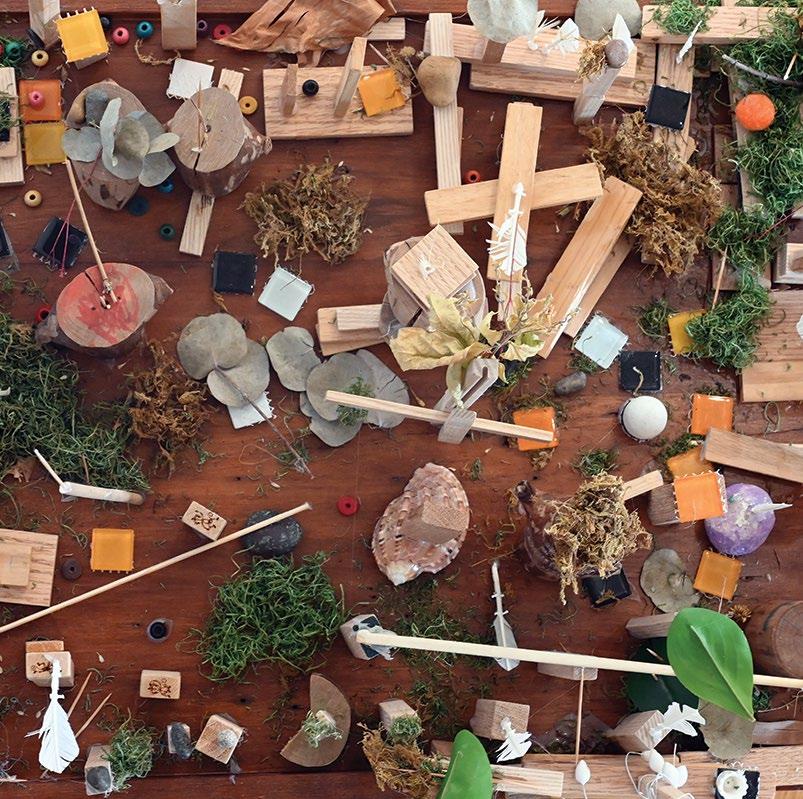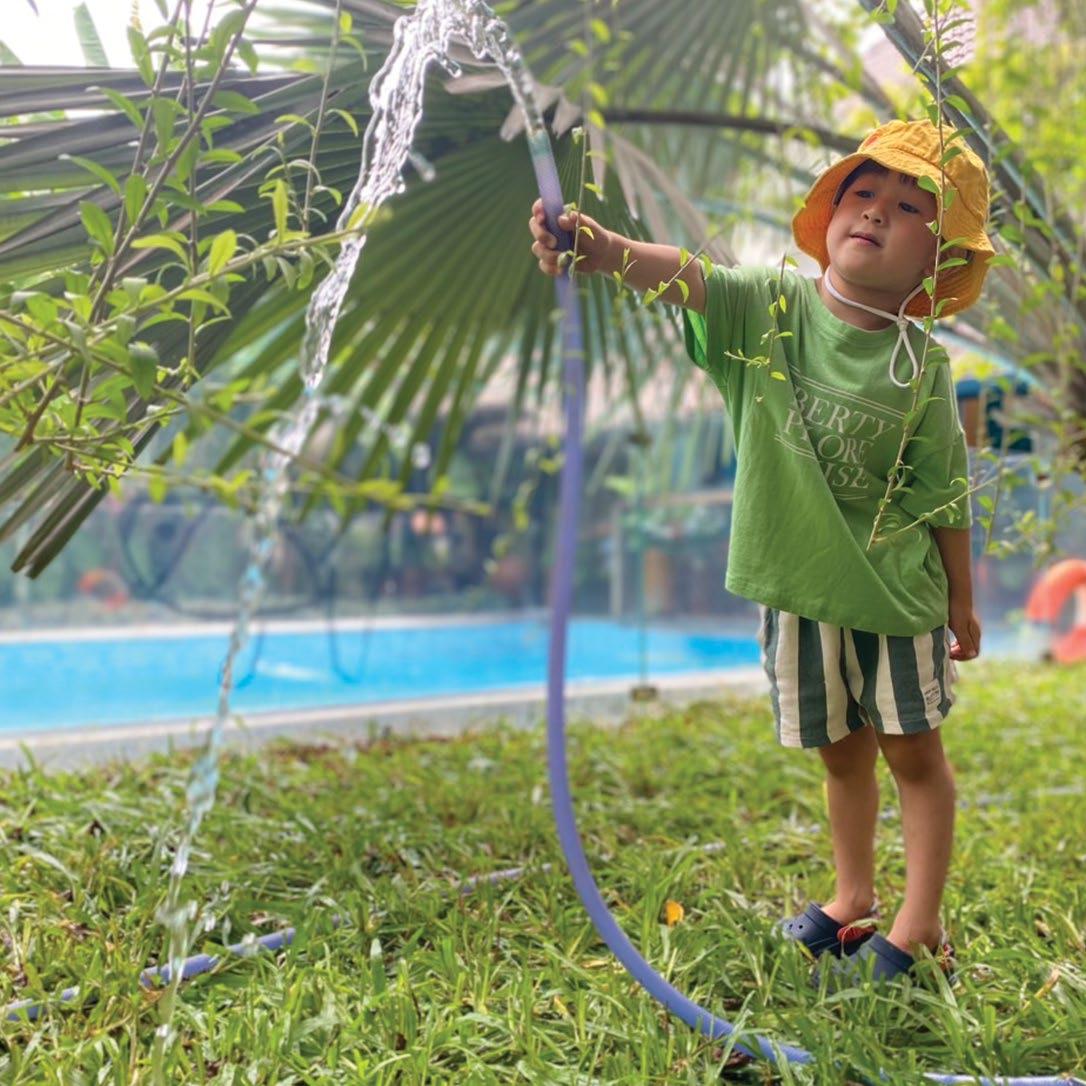

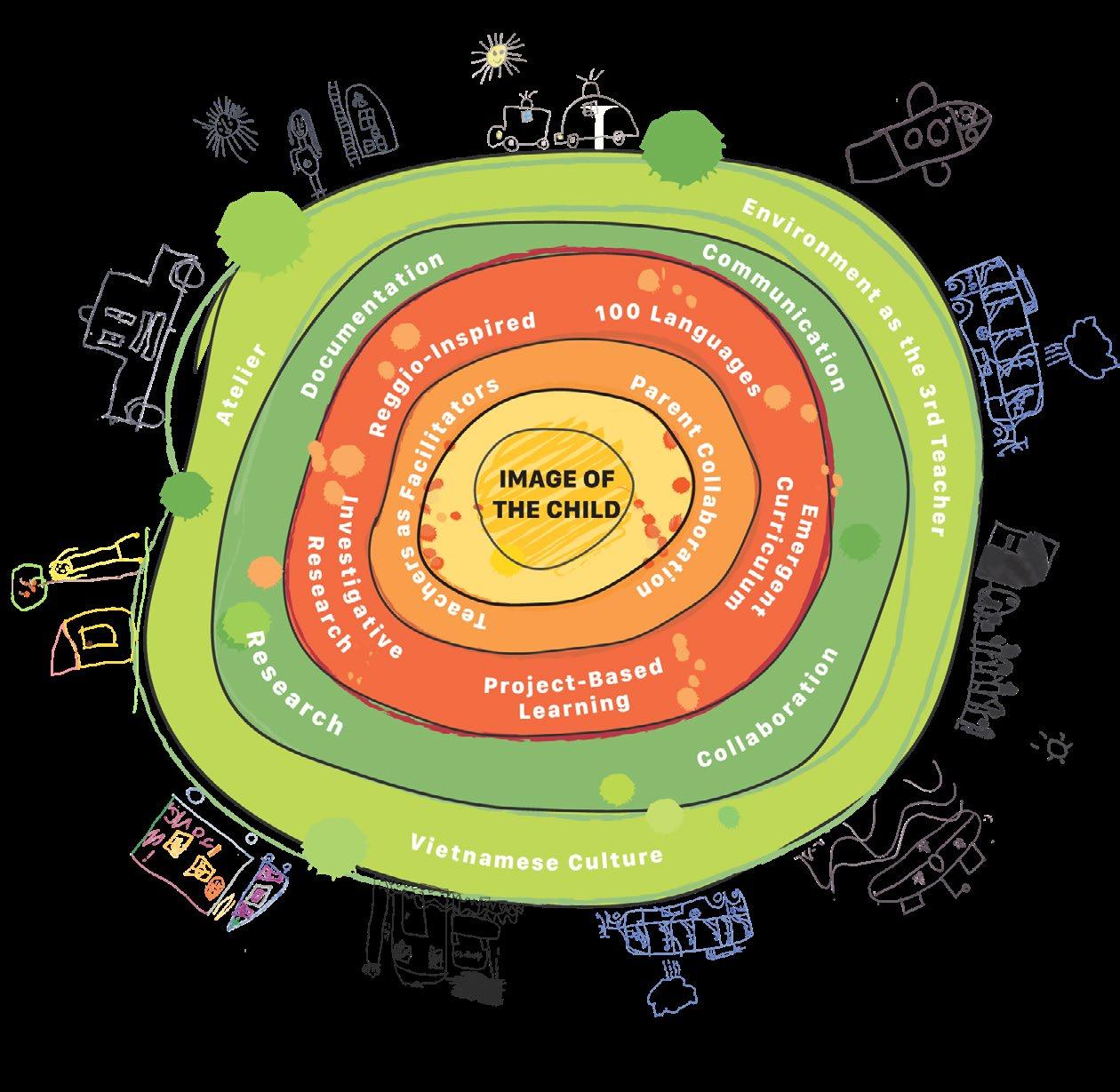
“We are and we need to be convinced of this - in an ecosystem... Our organism, our morality, our culture, our feelings are connected to the environment, to the universe, to the world. And therein lies the web of our life”
- Loris Malaguzzi




“We are and we need to be convinced of this - in an ecosystem... Our organism, our morality, our culture, our feelings are connected to the environment, to the universe, to the world. And therein lies the web of our life”
- Loris Malaguzzi
Dialogue with Place has taken our children, teachers, and school community on a wonderful learning journey of rich deep inquiry and collaboration. What did the teachers as well as the children feel important about ‘Place’?
This was the beginning of our project, and the question that ignited the different pathways classes took. Through observation, listening, being present and slowing down to enable ideas to grow, the children and teachers became researchers together, forming a profound bond with their place, unearthing its hidden treasures, and celebrating its rich stories.
I kept reflecting throughout this year’s project on Tūrangawaewae, one of the most well-known and powerful Māori concepts, tūranga (standing place), and waewae (feet). It is often translated as ‘a place to stand’. Tūrangawaewae are places where we feel especially empowered and connected. They are our foundation, our place in the world, our home. Our outer world and inner world:
During this journey, the children found their place to stand, metaphorically, nurturing a lifelong love for learning and a deep appreciation for the many places we can call home.
Dialogue with Place has not ended; I believe it will continue to evolve and grow with each child throughout their life.
Ms Penny Pedagogista

“What’s that man doing?” - Malin
Our journey began when spending time outside. The children showed curiosity in what our gardener, Mr Quang, was doing. They didn’t know his name yet or what his role was, however, over time, began to develop a relationship with Mr Quang and helped him take care of the garden. It has been special to see the children looking for Mr Quang each time we go outside, calling out for him, observing him, engaging with him or asking what he is doing. It is wonderful to see them make deeper connections with our school community and observe their interest in caring for our place through nature.


Looking at photographs of Mr Quang:
"Why Mr. Quang touching it?" - Malin
"He throw grass away, poor grass!“ - Ian
"It's old.“ - Ahaan
"Tomorrow, I talk with him. Why he take a leaf out?” - William
"He walking" - Dasol
"Watering the plant. It's grow bigger" - Ahaan
"I wonder why some plants are short and some are tall...“
"Maybe it's sad, no water in." - Rosé
"The tall is happy." - Dasol
"Because it's dark like Halloween." - Rosé

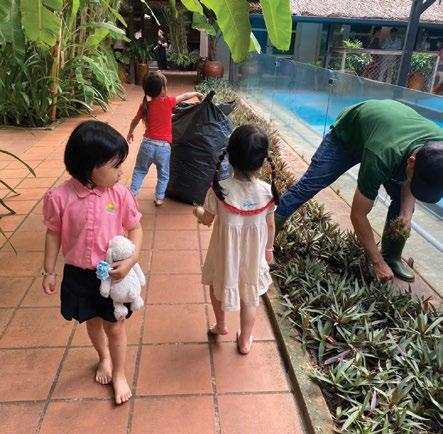
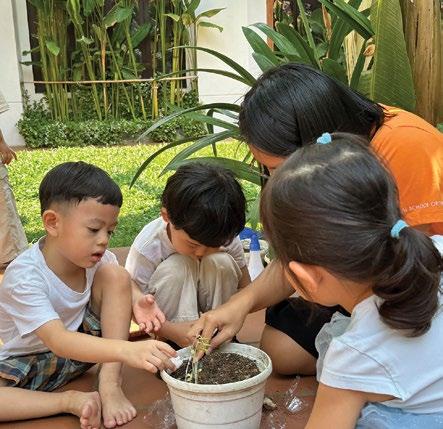
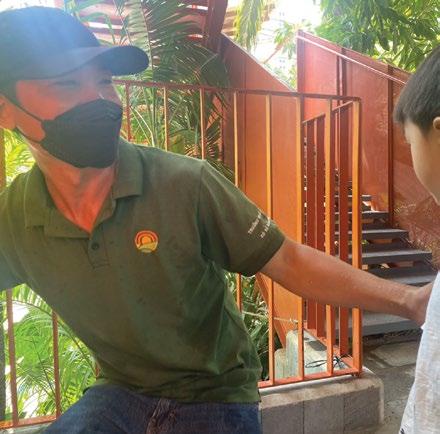

“If we want children to flourish, to become truly empowered, let us allow them to love the earth before we ask them to save it.”
David Sobel
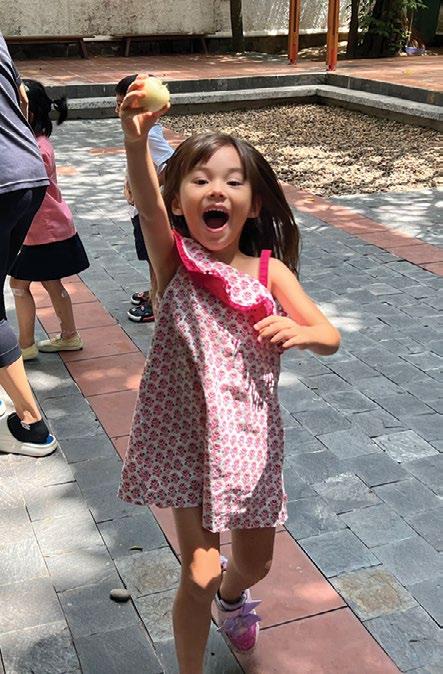
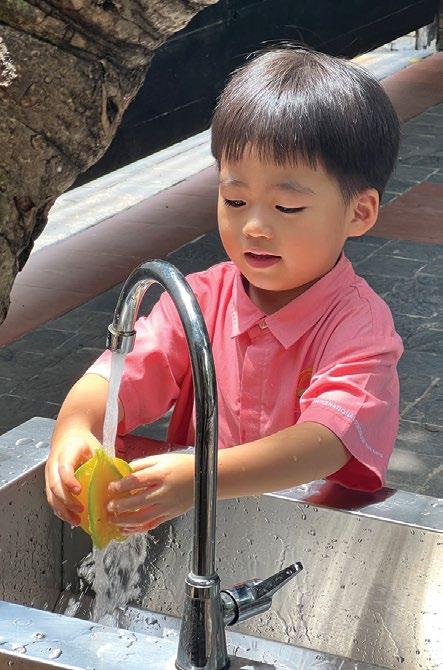
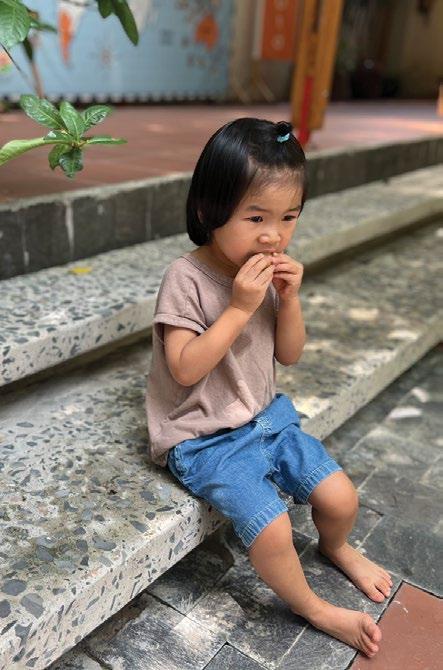
One part of loving our place was the familiar routine of searching for fruit in our garden. The excitement that came once the children found and picked it, washed it and then sat to enjoy it with one another. I feel that it connected the children with our project about growing, the garden being our place, and the feeling of community as everyone experienced these joyful little moments together.

‘Leaves’ by Aoi
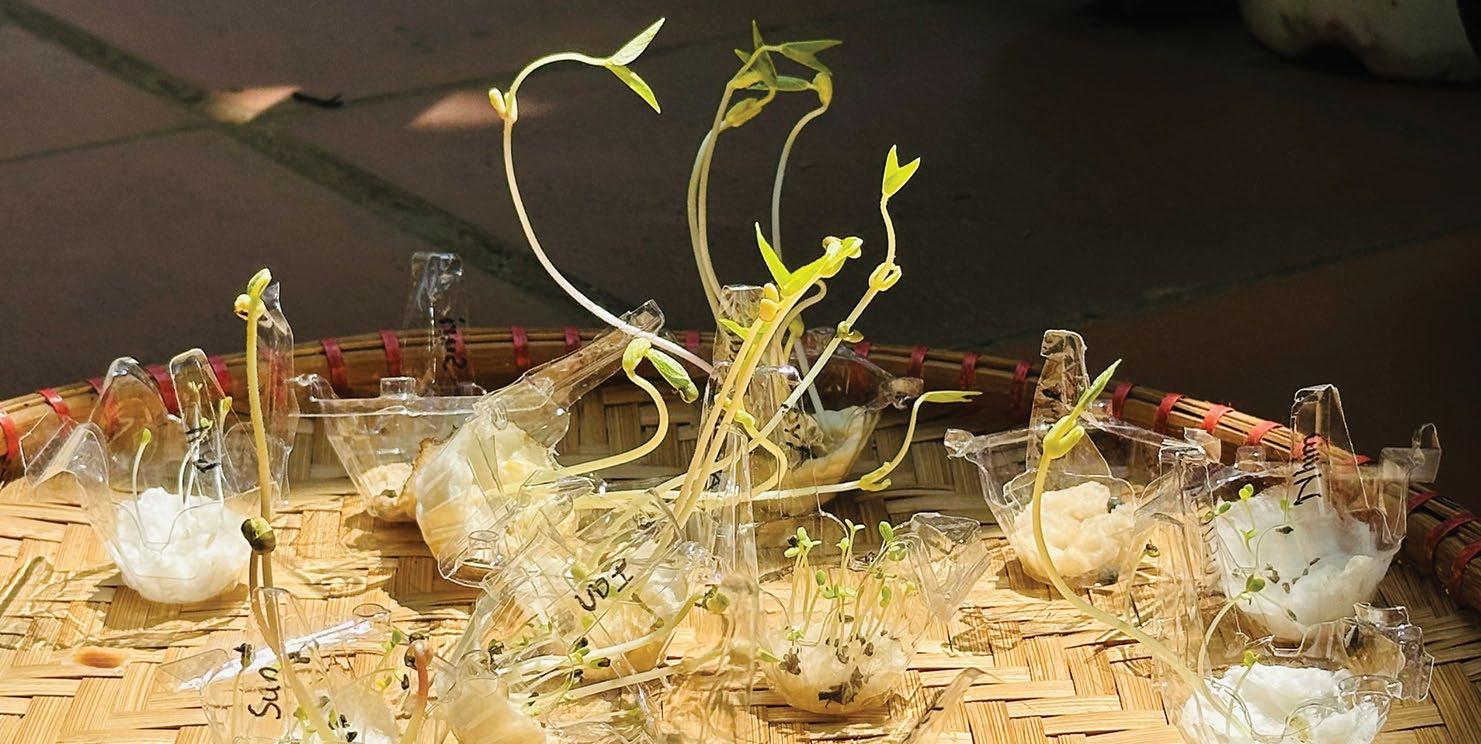
“Leaves!” – Sun
“It’s broken, Ms. Siobhan.” – William
“It’s a jellyfish.” – Bill
“It’s not jellyfish. It’s a seedy.” – Ahaan
“Nó sứt ra rồi (the pumpkin seed shell falls out).” – Nhím
“This one grow up and grow up and grow up.” – Rosé
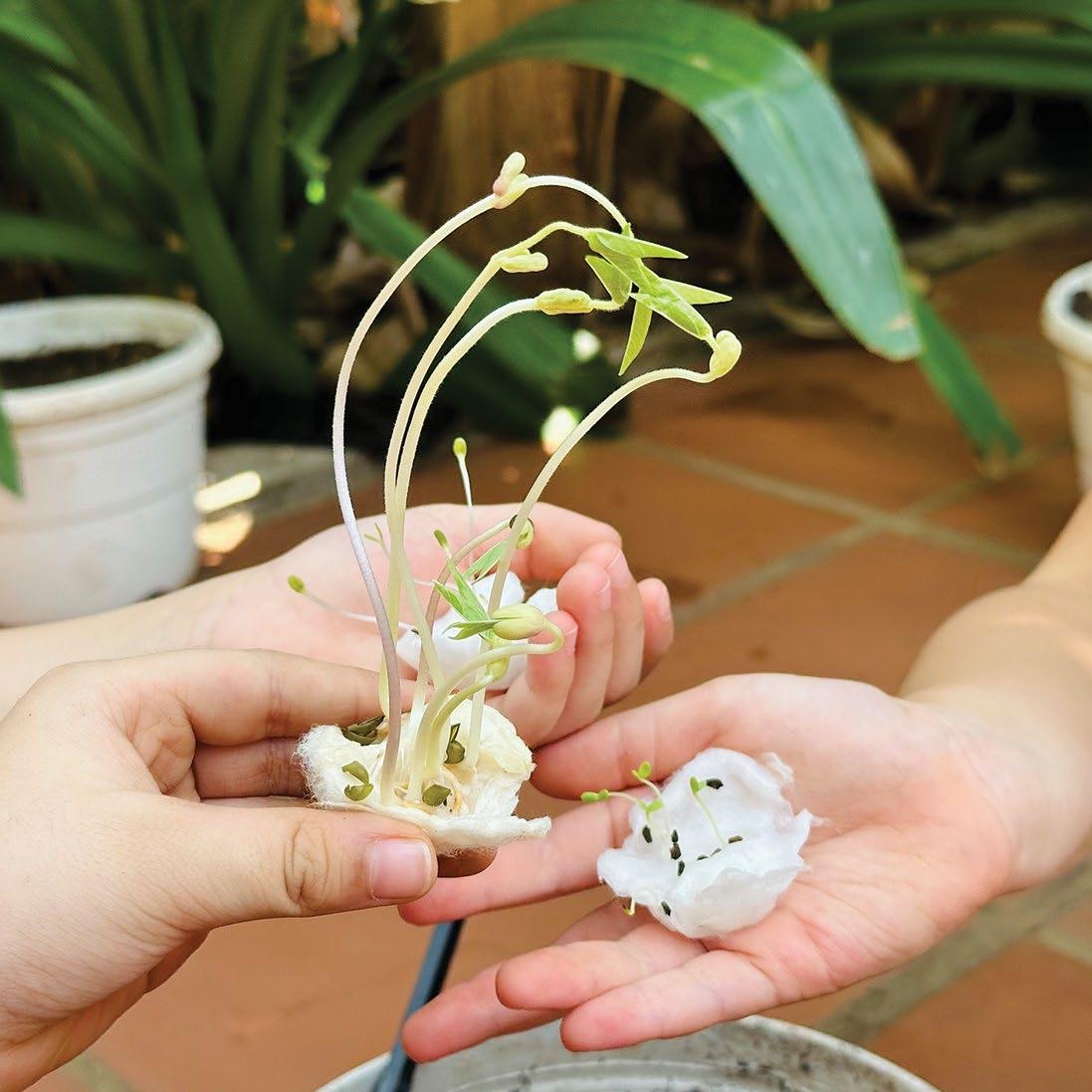
“When
you are born you drink your mum’s milk? Why? Because you don’t have teeth?” - Sun

Growing is an abstract concept that we wanted to explore more deeply. How do things grow and change? What do we need to grow? What are the different stages? What other things can grow? We looked at ourselves and how we have grown! Can you recognise us as we’ve grown?
“I grow because I eat a lot”Ahaan
There is a lot of language we have explored as part of growing. Such as younger, older, shorter, longer, taller, bigger and smaller. We imagine that understanding and discussing these concepts in relation to relevant life experience contributes to the children’s understanding of the world around them, particularly when developing literacy and mathematical concepts.
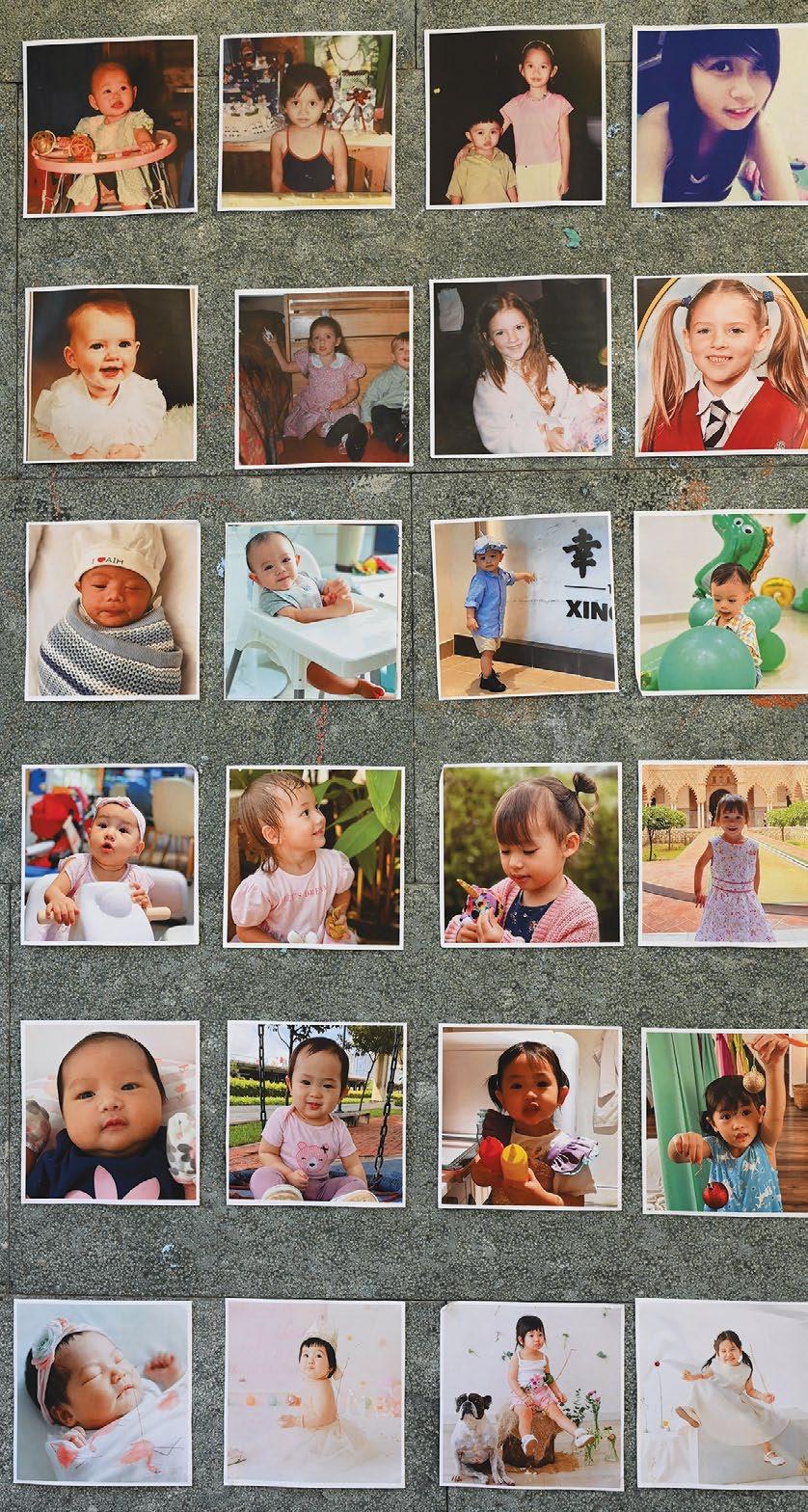

With plenty of discussions around growth, the children had questions about size and growing.
We tried measuring in a variety of ways like back to back to compare who was taller or shorter. Freesia children also took an interest in drawing around each others bodies, a way to see their size spread out in front of them. We also discovered that we could measure size with numbers and introduced children to measuring tapes. They acted excited about all the objects they could measure too. Who knew there were so many ways to represent and measure size!
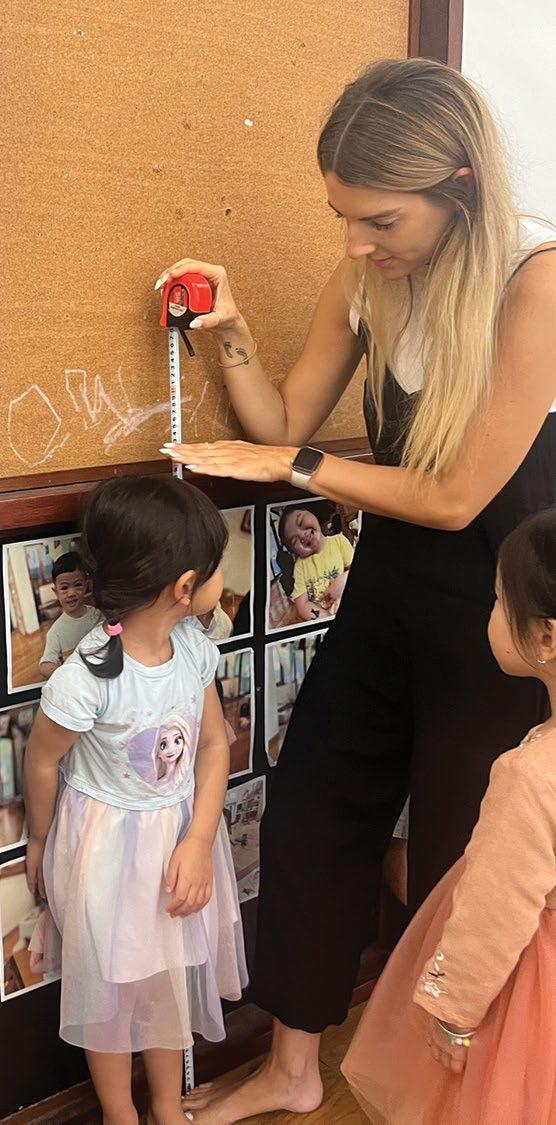
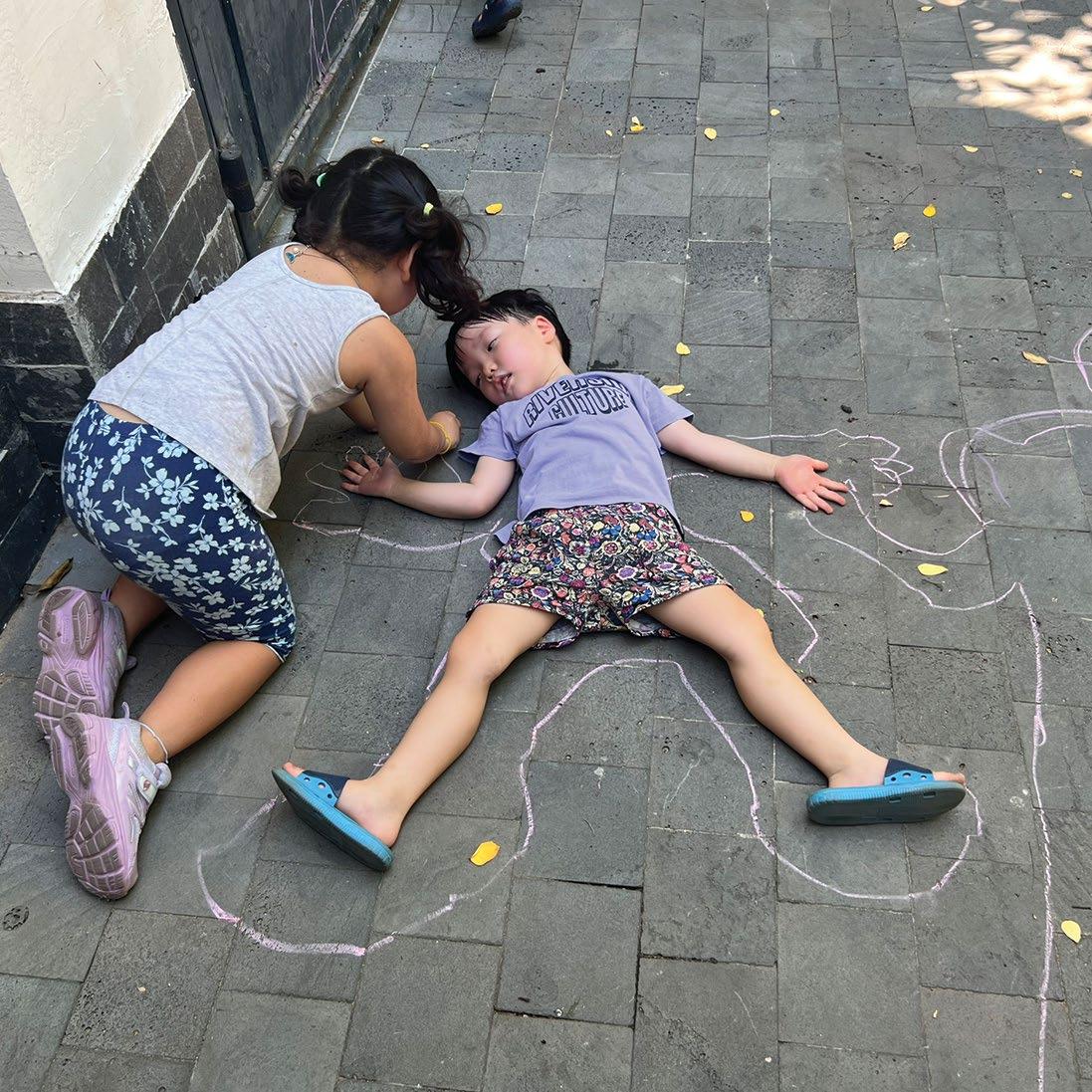
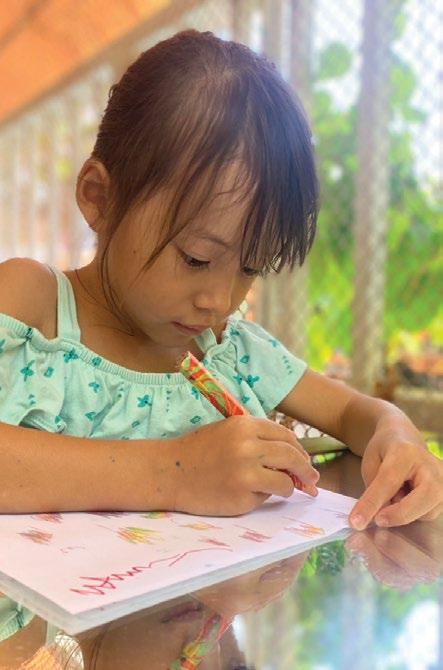
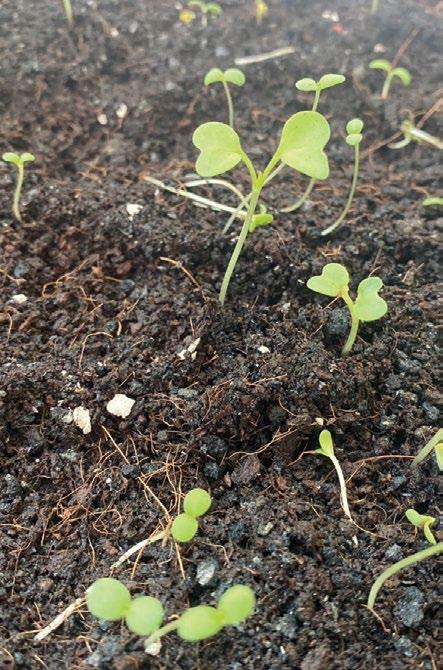

We noticed the children’s interest in the plants had started to dwindle over time. We reflected on the thought:
“How can we encourage the children to look deeper and restore their enthusiasm for plants?”
Ms Ha brought some new pots of plants in and we invited children to observe and draw them. We saw that children focused deeply while observing the plants, some of them describing the intricate details in their drawings.
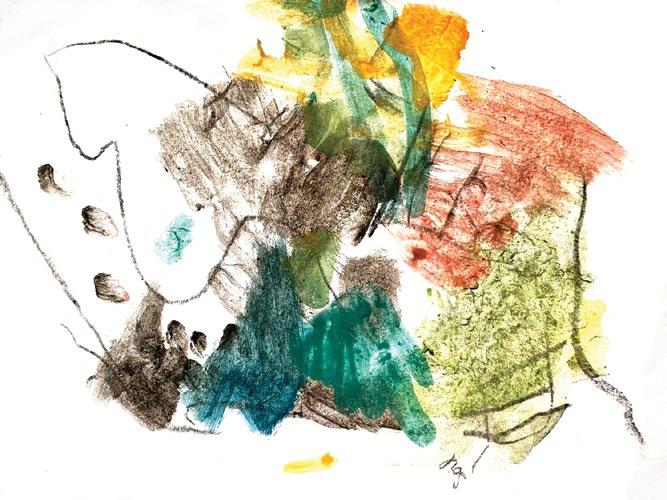
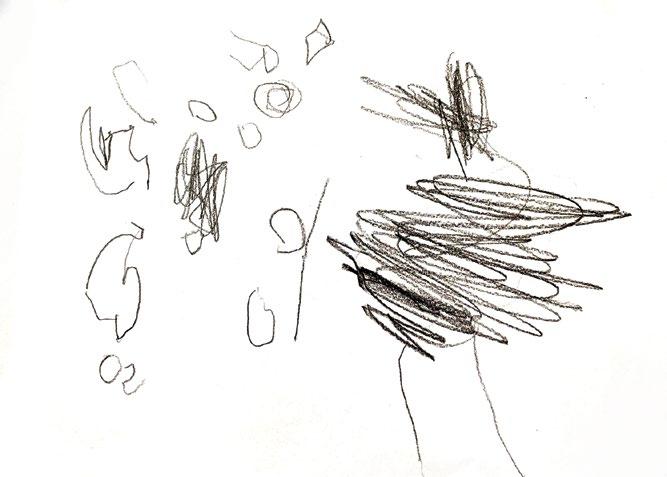
“Different colour soil” by Ian “Small leaves” by Nhím
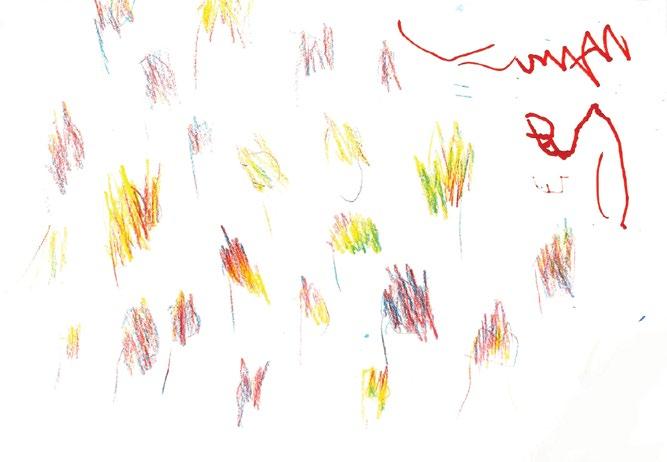
“Tiny
plants” by Malin
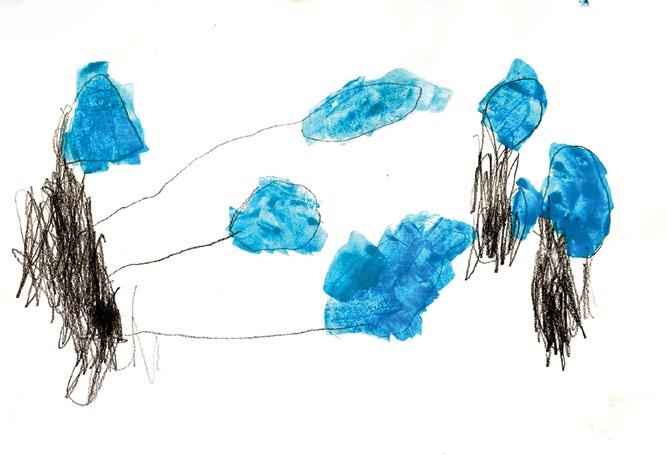
“Trees” by YuSeung
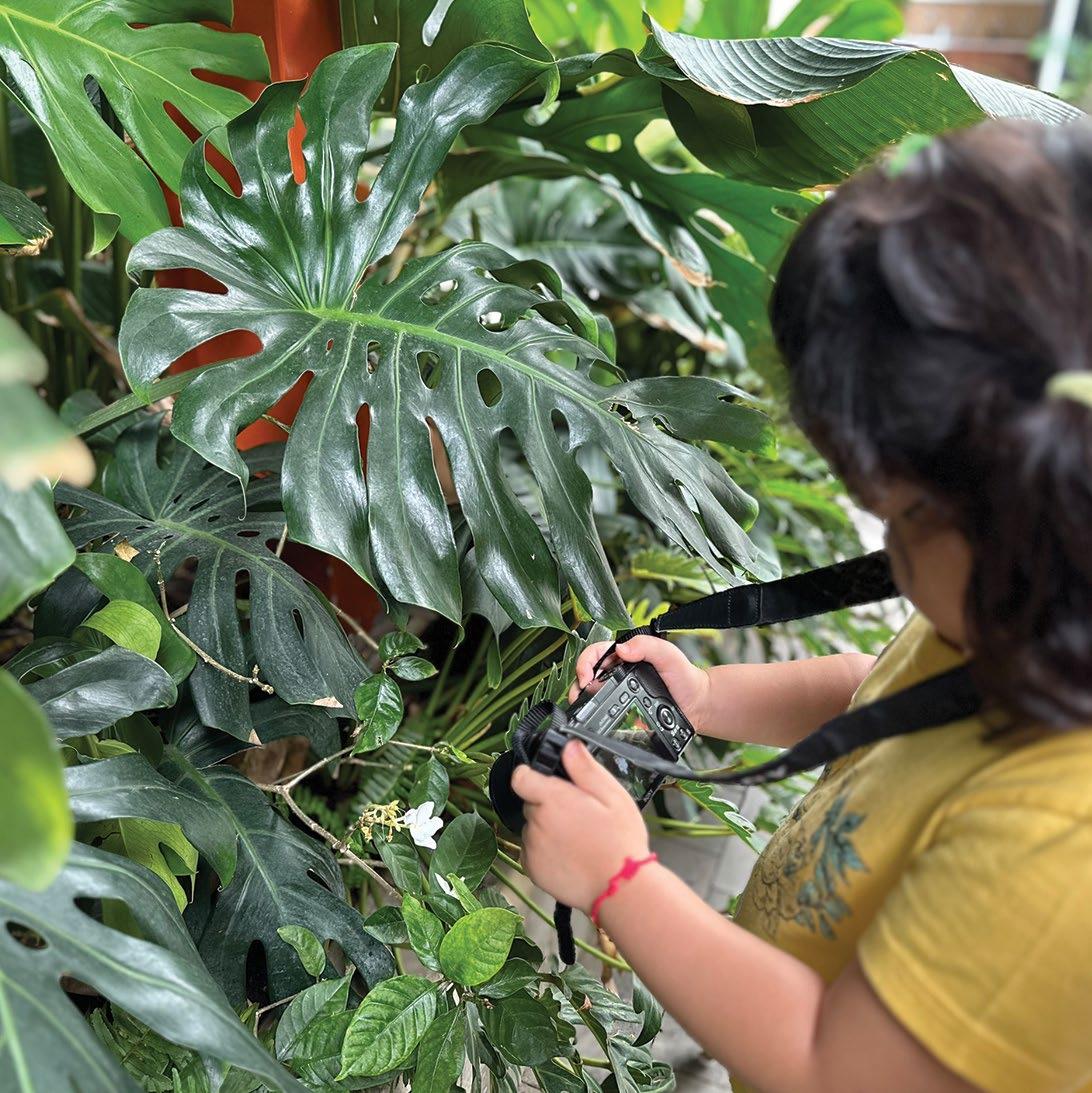
We noticed Aoi loved to take photos and thought including photography as part of our project could spark further curiosity for nature. So, we gave children the opportunity to use cameras in the garden.
While practicing the art of photography, we first saw that children were very click happy, taking photos of anything and everything since it was such an exciting new tool to get familiar with. However, over time, the children started to slow down and appreciate special moments or objects to capture with greater care and respect. Then we took time to share the photographs with the group and make observations or comments about what we saw.

“Very good, Aoi. You’re the best.”
- Ian commented on Aoi’s photo.
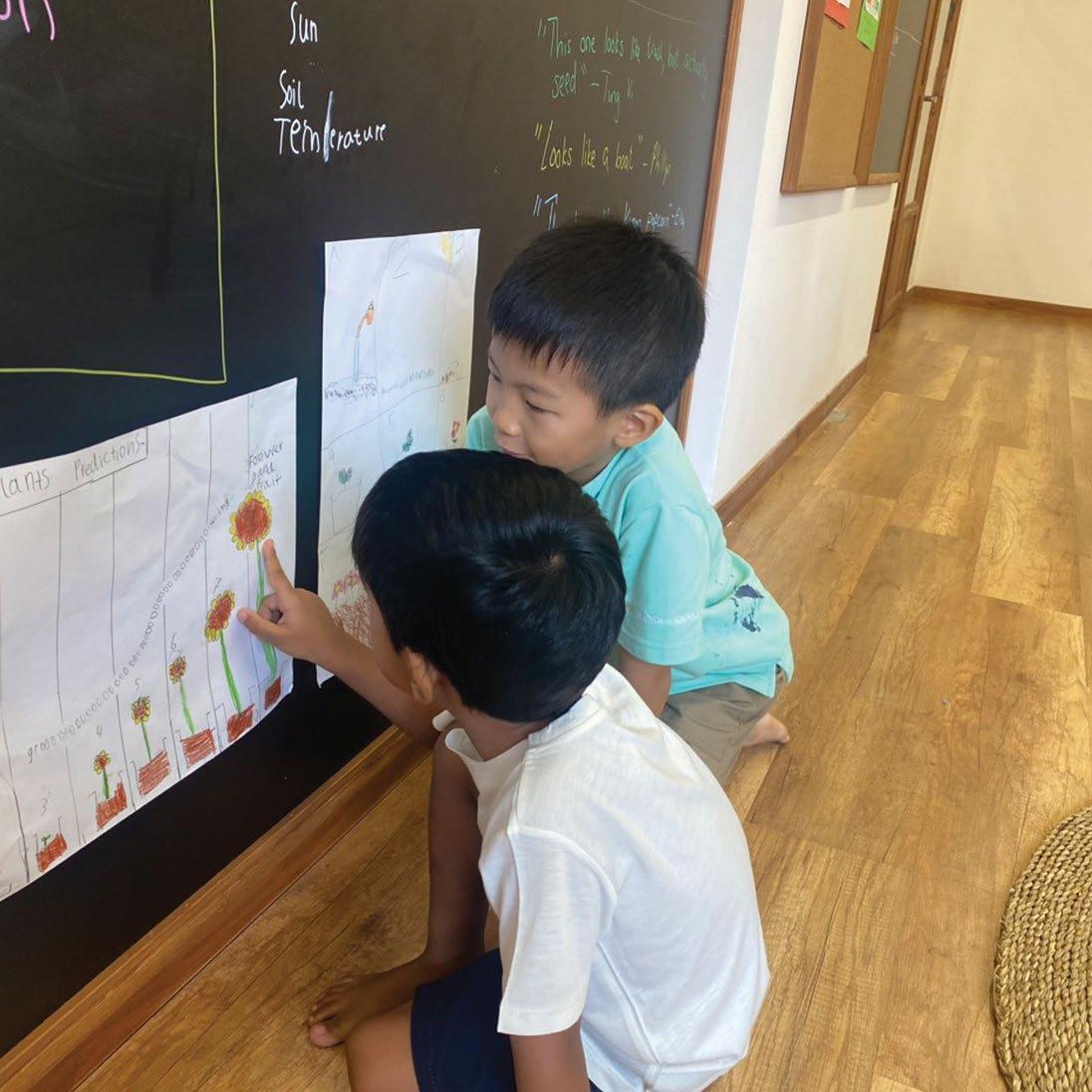
We discovered Junior Primary 2 class were also planting seeds and saw it as a good opportunity to collaborate and learn alongside each other. JP2 shared their insights and invited Freesia to observe the plants over a few weeks. We also went on a journey on discovering and learning about bees together. Freesia children had already been observing bees in the garden and so were very excited.
Over a longer period, Freesia children seemed to lose interest in observing the plants but the excitement came from getting to visit their ‘big brothers and sisters’ (as we say in Vietnamese). It seemed that your sense of belonging grew through your connection and we felt a strong community spirit. Our place is hugely influenced by our community, and it all came back down to that.
From the moment observing Mr Quang sparked your curiosity to the importance of learning as a group along your journey.
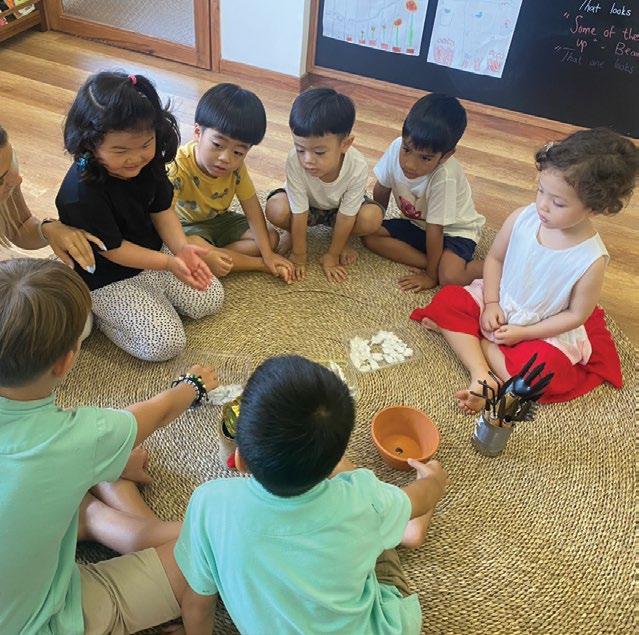


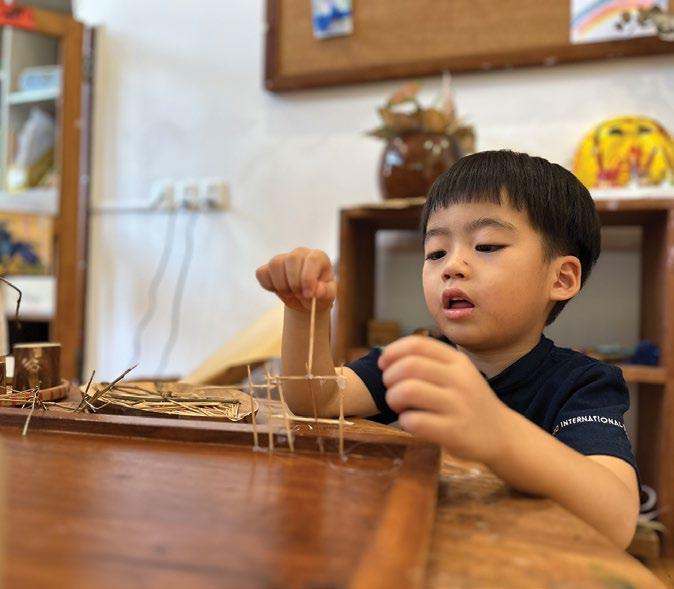
Since many Freesia children had an interest in construction, we wanted to find a way to tie this into our project to involve more types of learners. We introduced wood as a material in many forms such as blocks, twigs, stumps or cocktail sticks and asked children where they thought wood might come from. Some of them guessed “tree” and were very excited to discover many things in our classroom were also made from wood – it must be a fantastic material for building!

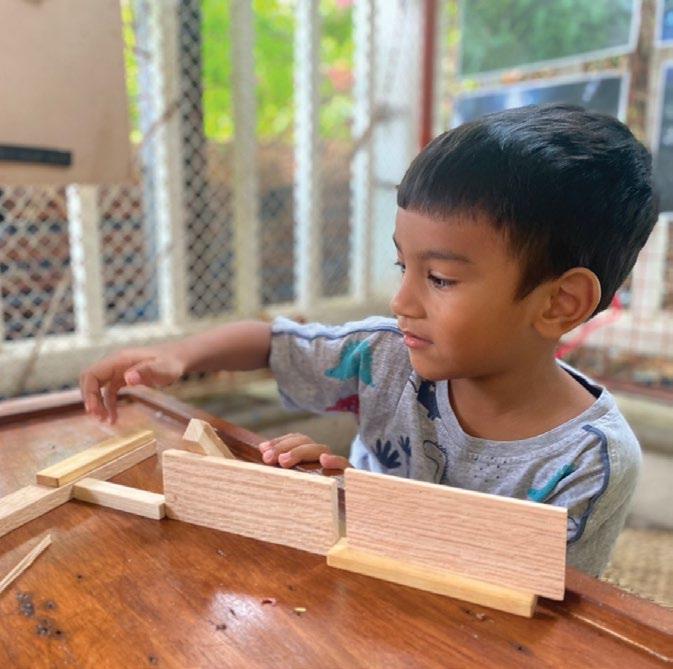


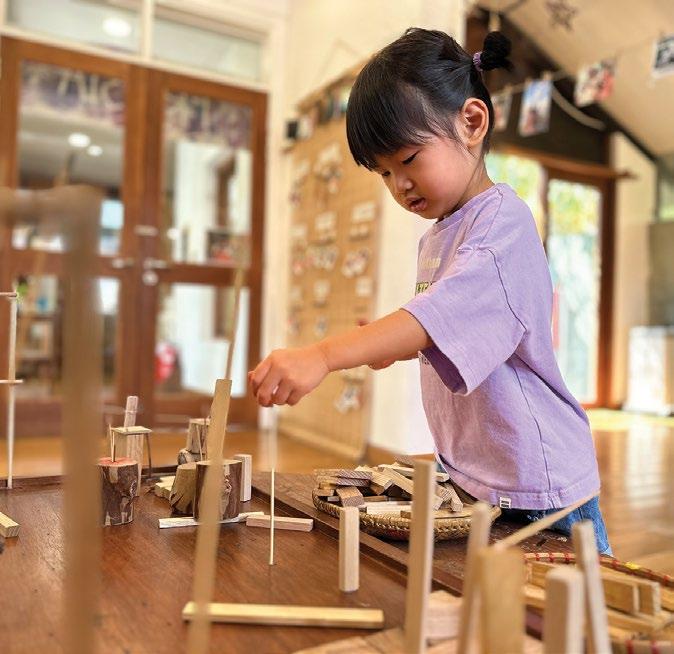
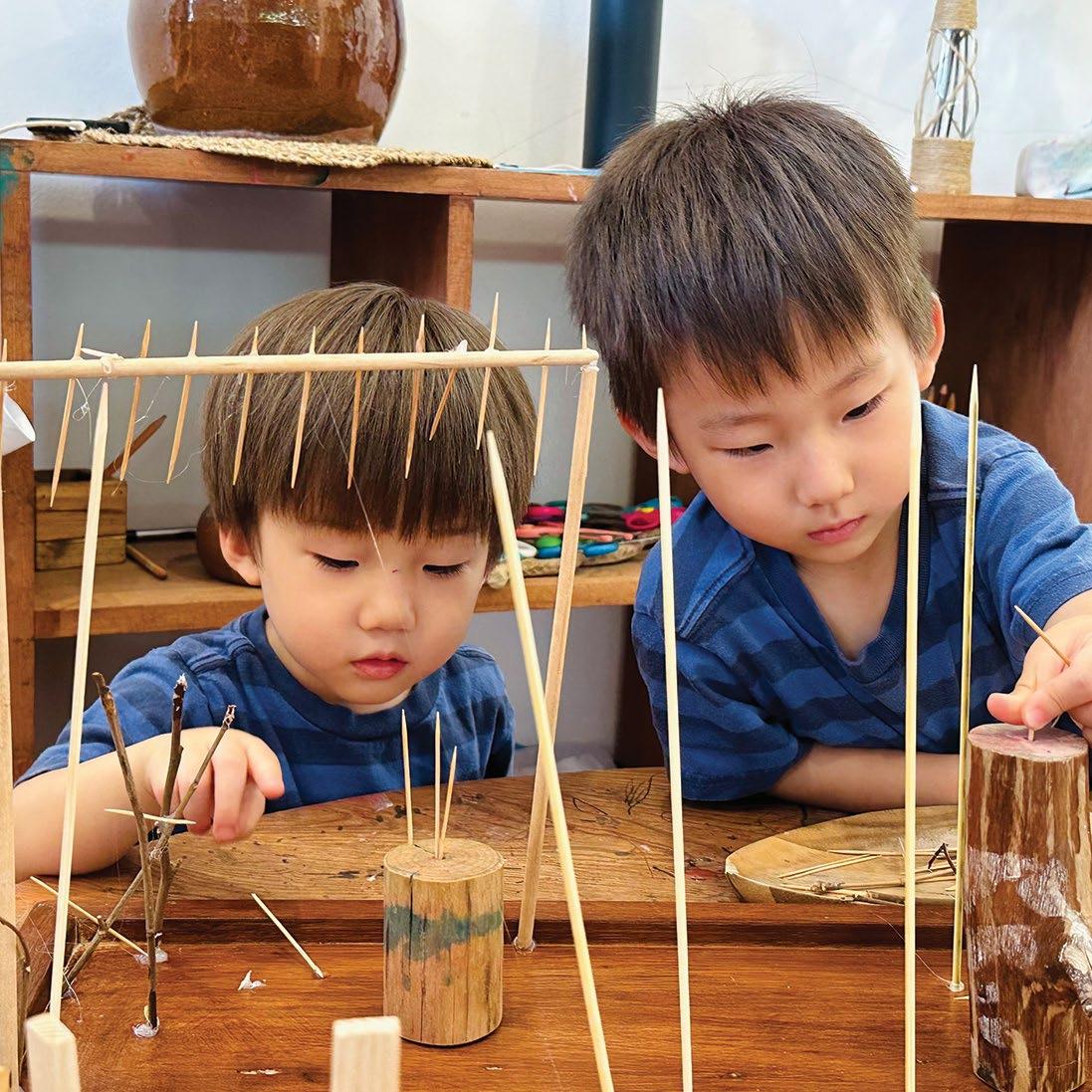
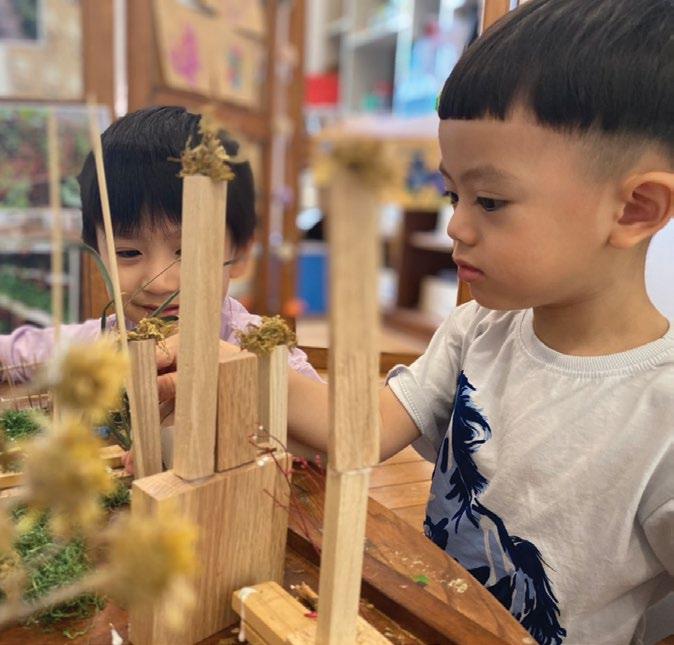
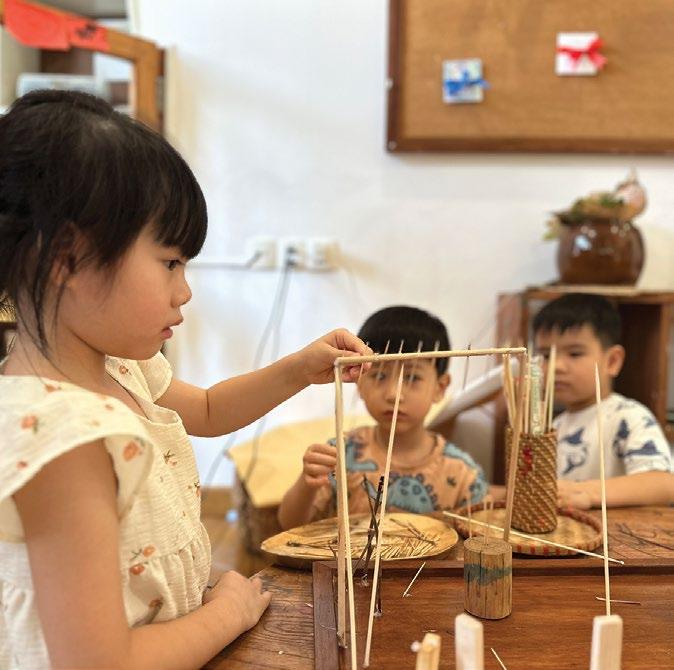
First, we gave children the opportunity to build without gluing. This gave them a chance to experiment in different ways and develop ideas of what they liked and what they thought worked well. After a while, children seemed to become disinterested, so this was when we brought out the glue. This was the first time we introduced hot glue and some children said they were scared to use it, so they instructed us where to apply the glue for them and got to work on their unique creations. This widened the possibilities of how the children could construct and gave them an enticing new experience.
The creativity continued when children were given a wide array of materials such as feathers, tiles, grass, leaves and pebbles to add to the garden.
“This is the little man’s house” – Aoi
“I love this house I make. I love this because it’s so pretty. This is a little rabbit.” – Rosé
“I like this one. It’s my favourite and so shiny.” - Dasol
“There’s a turtle in the garden here. The baby turtle hatch. It lives here.
It said “ba ba ba” – Bill
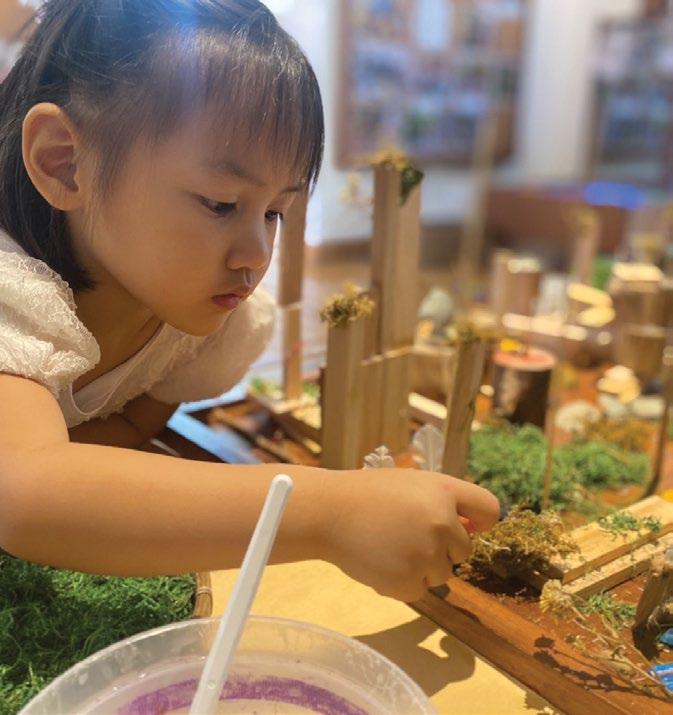

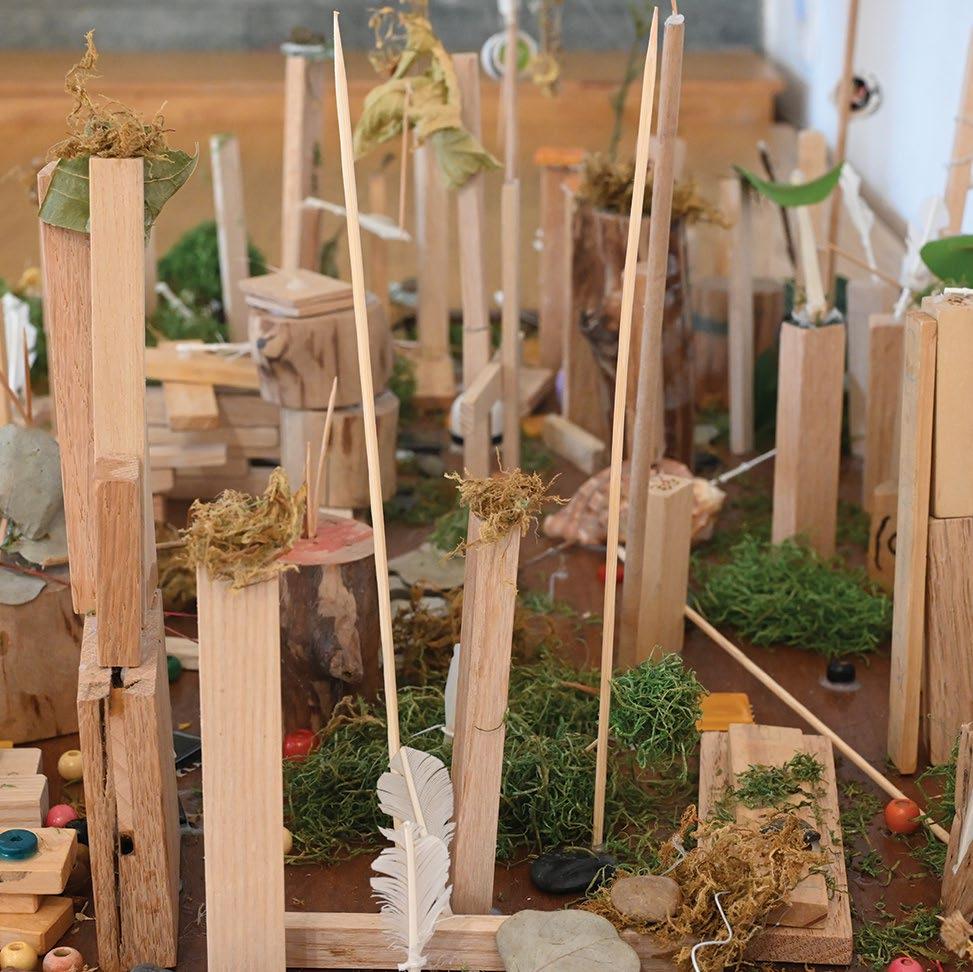
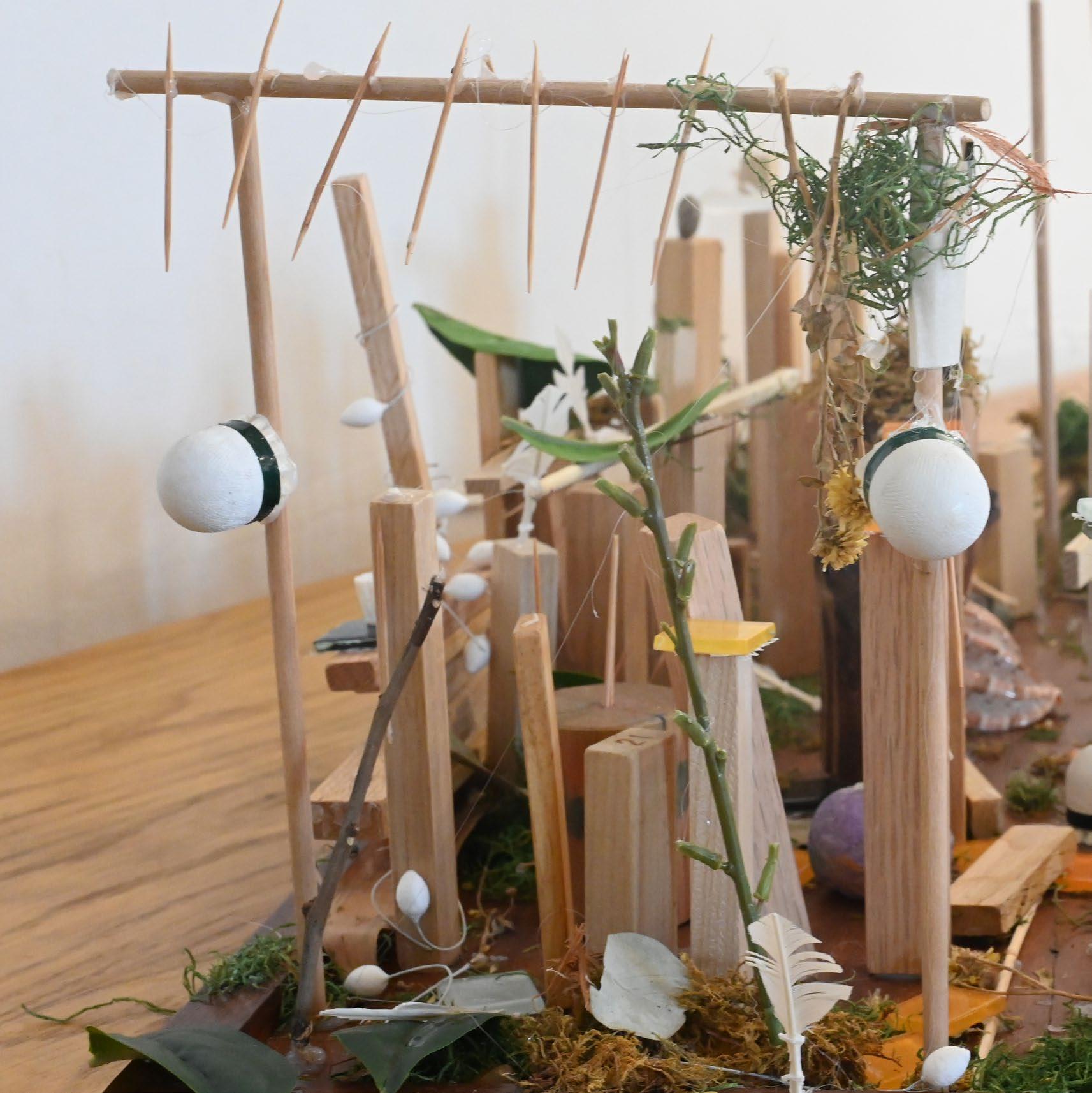

“I know. These are the leaves in the trees. I build this one – it’s a stick. Me and my friends build this long one. This one has lots of spikes and grass. There’s a monkey with the stick.”
– Ian
Looking back upon our time together in Freesia this year, we are beyond proud of the deep journey of growth we have encountered. This stretches beyond our research into visible growth we have witnessed in the garden or our physical selves. We also celebrate the many strands of growth that we cannot see or measure.
A journey of growth within friendships, community, confidence and kindness. It has been a pleasure learning alongside each of you and we wish you all the very best on your future learning journeys.
Love,
Ms Siobhan and The Freesia Team

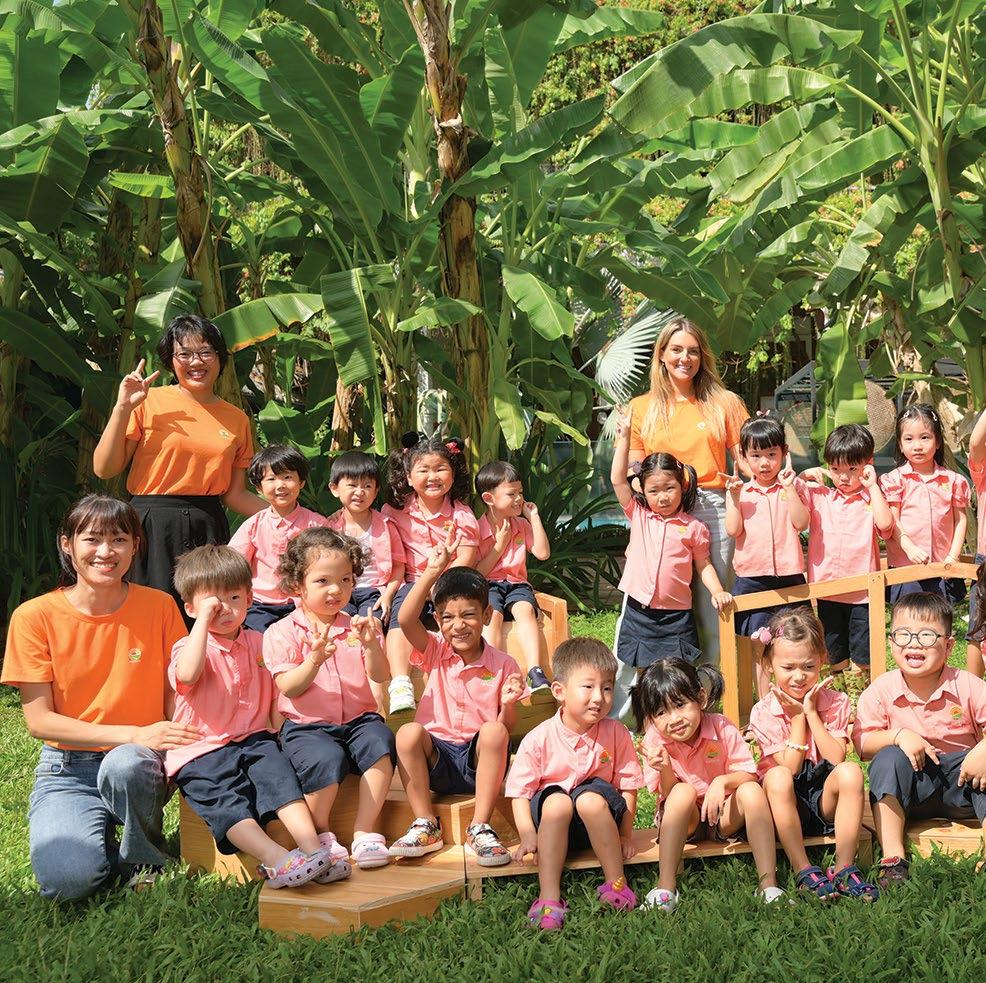
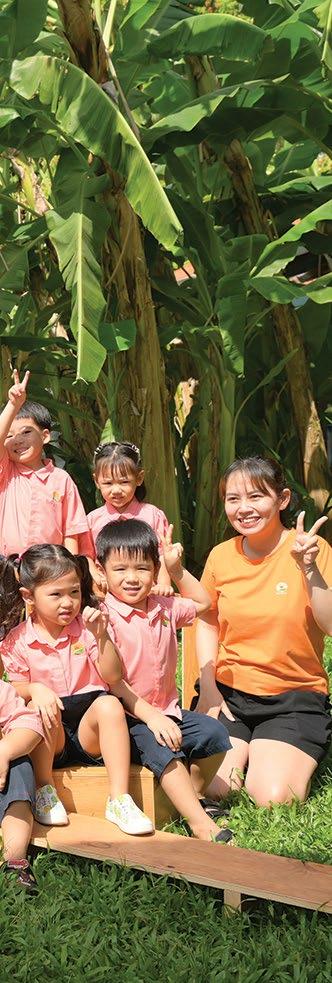
Researchers
Ahaan
Alexandra
An
Aoi
Ava
Bill
Dasol
Ian
Kiana
Lucas
Malin
Nhím
Osuke
Pumpkin
Rosé
Sun
Suri
Seunghoo
Seungjoo
William
YuSeung
Teachers
Ms Siobhan (Lead Teacher)
Ms Anh (Co-teacher)
Ms Lily (Co-teacher)
Ms Ha (Co-teacher)
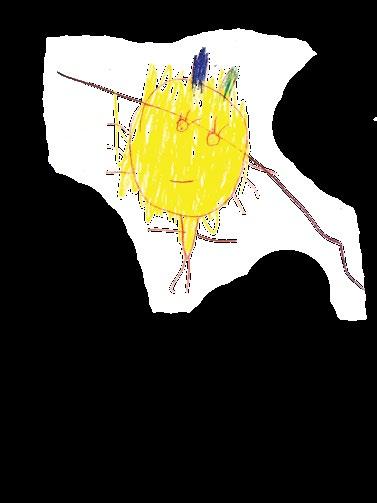
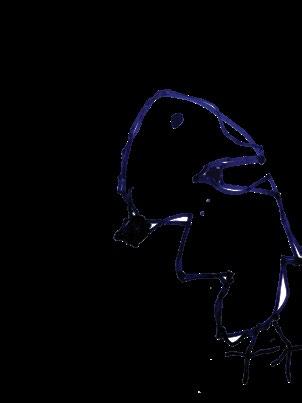
by Aoi
by Suri
